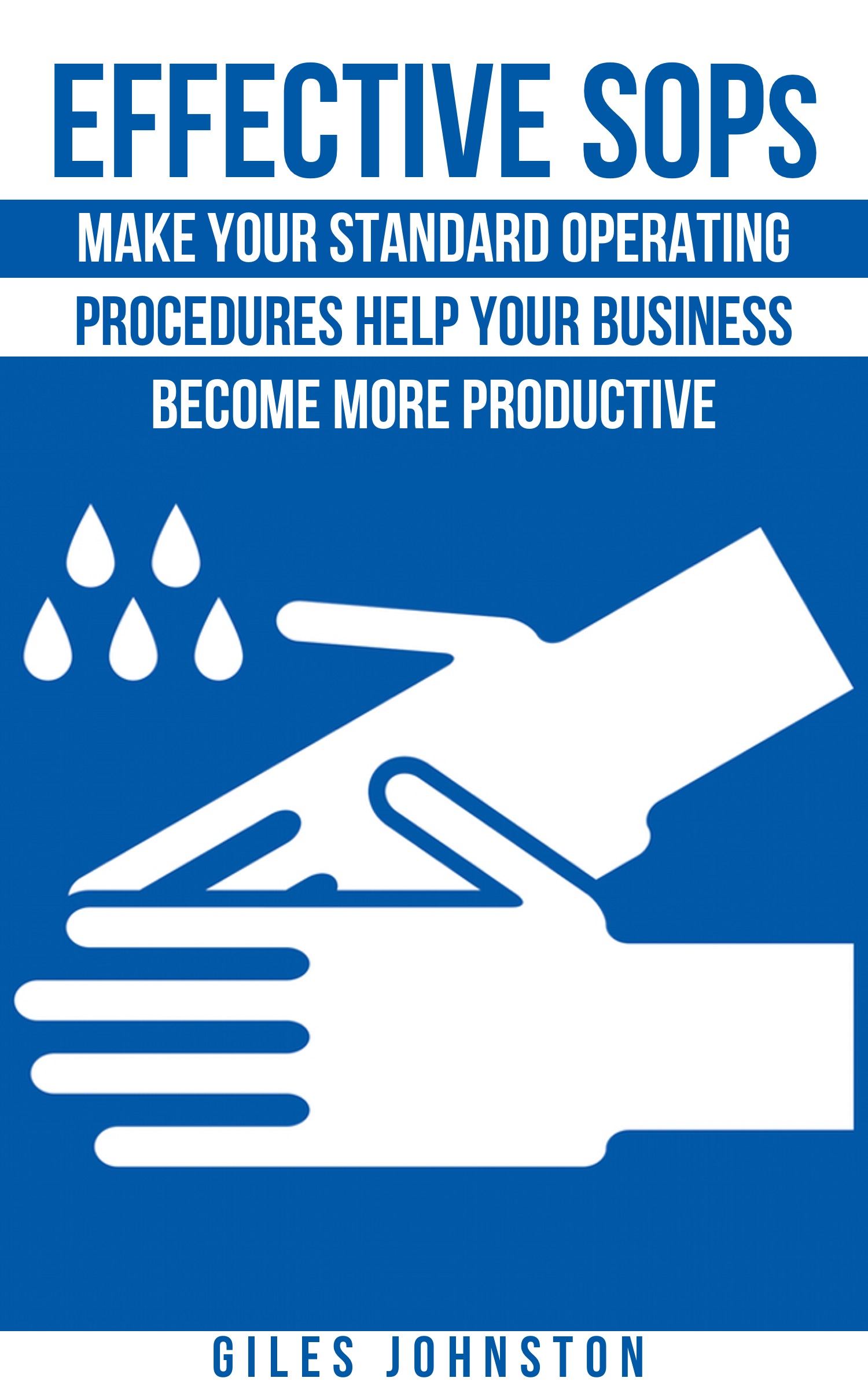Many people write their SOPs (Standard Operating Procedures) reluctantly. They know it is good practice to document how they work. They just can’t quite put the finger on why they should really do it.
After all… they know what they know. So why do they need to write it down?
And, importantly, how does this affect on time delivery performance?
In short, getting it right first time reduces rework! There are too many times when we have relied on our memories. If you do this, how is this strategy working out for you?
When you get into a crisis, everyone’s memory of the instructions is different. Blaming people’s memories is a cop out!
When you get to holidays, sickness or new starters, it is the same issue. If you have written down information, you have a better chance of avoiding crises.
Quick ideas
Everyone is busy, so here are some quick ideas to help you capture the information you need:
- Take photos of key information. Store it centrally.
- Add key tasks to a meeting room whiteboard, where you make decisions.
- Tie your procedures in to your induction process and skills matrices.
- Spread the responsibility to review your written instructions, so that it is manageable.
- Keep notes of key information somewhere central on your server / cloud storage.
- Aim for accuracy rather than format. Creating a SOP with a couple of lines of information and a photo is better than waiting for a perfect document.
- If you operate an ERP system, link key information to your production routings.
- If you can capture knowledge as checklists, add them to key points in your service or project delivery.
The key point of this article is to capture information in written / graphical format. If you can keep it somewhere where it is easy to reference, even better.
The goal here is to reduce our reliance on our memories. You can get slicker at how you capture the information later on. Iterate your information and improve it later. Avoid going for perfection and capturing nothing!
Free system
If you want a free system to help you capture information like this, then check out PDCA Complete. You can:
- Capture ad-hoc actions.
- Detail very specific activities and tasks.
- Centralise project and meeting actions.
- Digitise and allocate the tasks from standard processes.
The free account is for up to three users and you can find out more here. You can increase the number of users when you move to a paid plan.
Remembering to remember isn’t a great strategy! I hope that this article has given you some food for thought as you improve your on time delivery performance via written documentation.
